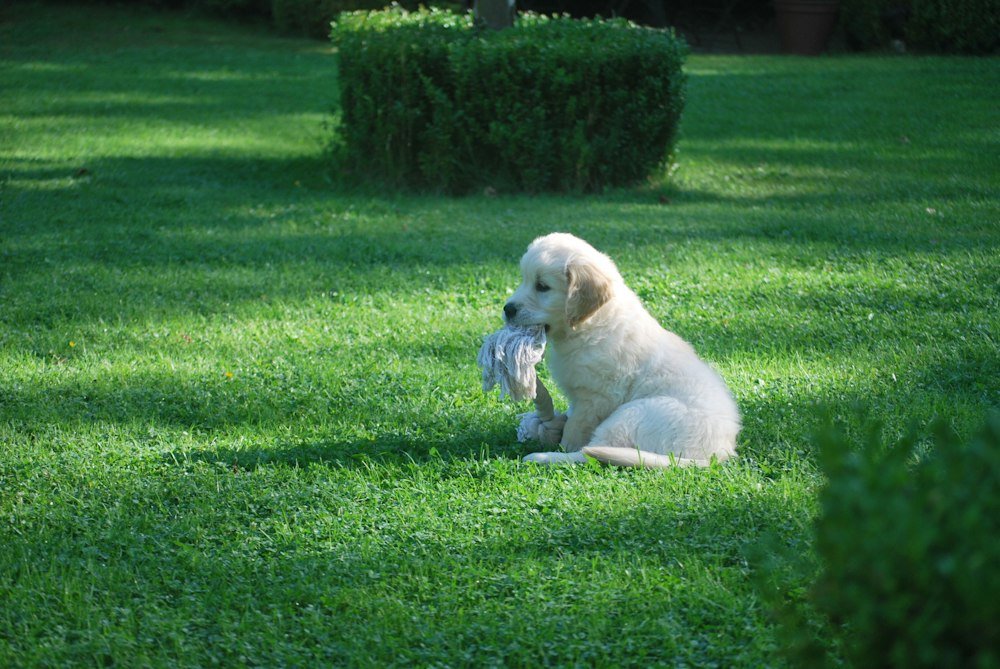Discover 7 tips for preparing aggressive dogs for vet visits. Learn how to manage stress, use the best pet products, and ensure a smooth experience.
Taking your aggressive dog to the vet can be challenging, but it doesn’t have to be a nightmare. With the right approach, preparation, and the best products for pets, you can make the experience much smoother for you and your furry friend. Here are seven key tips to help you prepare for those vet visits.
1. Understand Your Dog’s Triggers
Every dog has different triggers that can cause aggression. It could be the vet’s office smell, the sight of other animals, or even certain handling. Identifying these triggers beforehand can help you prepare better.
- Observe your dog’s behavior in various situations.
- Note what causes anxiety or aggression.
- Communicate these triggers to your vet.
2. Use Desensitization Techniques
Desensitization is a process where you gradually expose your dog to the vet’s environment to reduce fear and anxiety.
- Short Visits: Take your dog to the vet clinic for short, stress-free visits.
- Positive Reinforcement: Reward your dog with treats and praise during these visits.
- Familiarization: Let them explore the waiting area and meet the staff.
3. Employ Calming Products
There are various calming products available to help reduce your dog’s anxiety.
| Product Type | Examples | Benefits |
| Calming Treats | Zesty Paws, NaturVet | Easy to administer, tasty |
| Anxiety Vests | ThunderShirt, Mellow Shirt | Applies gentle pressure |
| Pheromone Sprays | Adaptil, Comfort Zone | Mimics calming dog hormones |
Using the best products for pets can make a noticeable difference in your dog’s behavior.
4. Practice Proper Handling
How you handle your dog can greatly affect their stress levels. Proper handling techniques can prevent aggression and make vet visits smoother.
- Gentle Restraint: Use gentle, but firm handling to make your dog feel secure.
- Muzzle Training: If necessary, train your dog to wear a muzzle comfortably.
- Leash Control: Keep a short, non-retractable leash to maintain control.

5. Schedule Smartly
Timing your vet visits can also impact your dog’s behavior. Try to schedule appointments during less busy times.
- Avoid Peak Hours: Early mornings or late afternoons are often quieter.
- Minimize Waiting Time: Call ahead to check if the vet is running on schedule.
- Private Waiting Areas: Ask if there are separate waiting areas to avoid other animals.
6. Prepare a Comfort Kit
A comfort kit can include items that help soothe and distract your dog during the visit.
- Favorite Toys: Bring their favorite toy for distraction.
- Blankets: A familiar blanket can provide comfort.
- Treats: High-value treats can be used for positive reinforcement.
7. Seek Professional Help
Sometimes, you might need extra help to manage your dog’s aggression. Don’t hesitate to seek professional advice.
- Behaviorists: Consult with a certified dog behaviorist for tailored advice.
- Veterinary Behaviorists: Some vets specialize in animal behavior and can offer advanced solutions.
- Training Classes: Enroll in training classes that focus on managing aggression.
Final Thoughts
Preparing an aggressive dog for a vet visit requires patience, understanding, and the right tools. Following these seven key tips can help reduce your dog’s stress and ensure a more pleasant experience for everyone involved.
Remember, every dog is unique, so tailor these strategies to fit your dog’s needs.
Do you have any tips or stories about vet visits with aggressive dogs? Share in the comments below! Let’s help each other make vet visits a breeze for our furry friends.
With these tips and the best products for pets, you’re well on your way to mastering the art of peaceful vet visits. Happy prepping!















